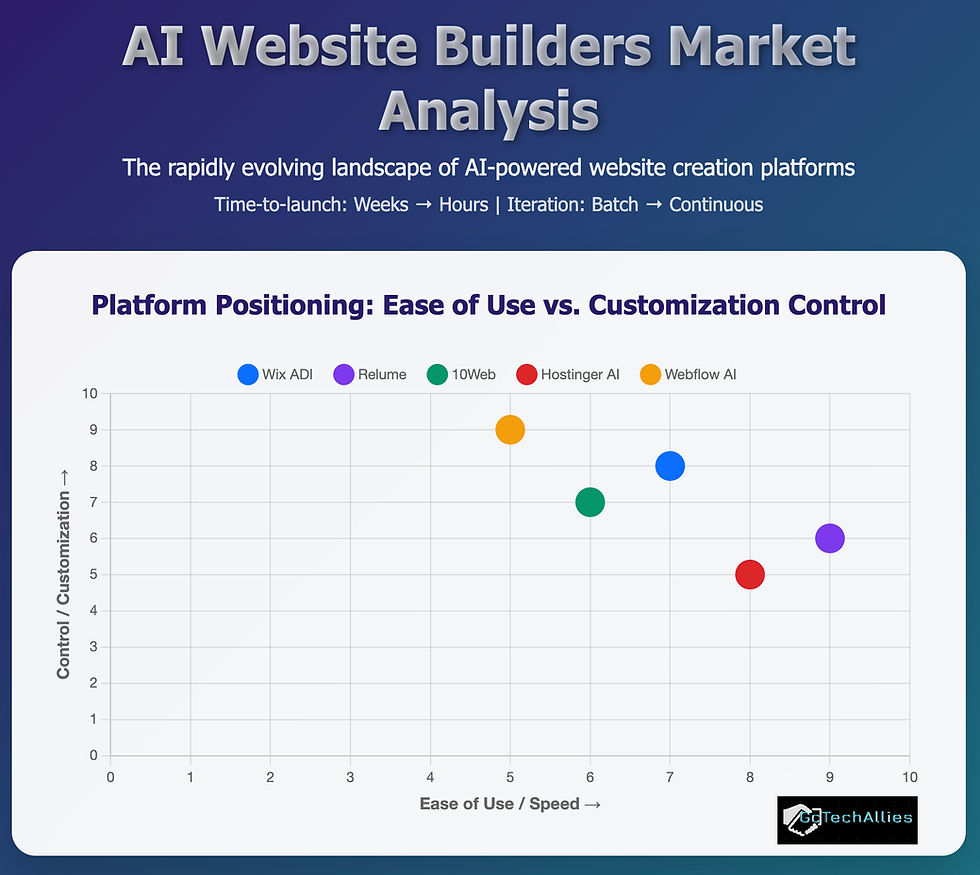The last Chief Partnership Officer Report by Partnership Leaders and Workspan [November 2023]
- Gianluca Luke Caccamo

- Nov 17, 2023
- 3 min read
In today's interconnected business landscape, partnerships have become a crucial element of organizational success. Companies are increasingly turning to strategic alliances to expand their reach, access new markets, and develop innovative products and services. This has led to the emergence of a new executive role: the Chief Partnerships Officer (CPO).
The Rise of the Chief Partnerships Officer: A Sign of the Times

CPOs are responsible for overseeing and managing a company's partnerships, ensuring that these collaborations align with the organization's overall goals and objectives. They play a critical role in identifying and vetting potential partners, negotiating and executing partnership agreements, and managing ongoing relationships.
The importance of CPOs is evident in the growing number of executives holding this title. According to LinkedIn, there are currently 267 executives with CPO as their title, and this number is expected to continue to grow in the coming years. This surge in CPOs reflects the recognition of the critical role that partnerships play in driving business growth and innovation.
A significant trend among CPOs is their relatively short tenure in the role. 43% of CPOs have been in their position for less than one year. This suggests that the CPO role is still evolving and that companies are still seeking to define the ideal skillset and experience for this position.
The majority of CPOs are located in North America and EMEA, reflecting the global nature of partnerships and the concentration of multinational companies in these regions. However, CPOs are increasingly being appointed in other regions as well, as companies around the world recognize the importance of strategic alliances.
Top C-Suite Trends and the Partner Opportunity
1. Revaluation of tech companies in public markets
The recent downturn in the stock market has led to a significant revaluation of tech companies. This has created challenges for tech companies, as they now have to be more disciplined with their spending and focus on generating profits. Partnerships can help tech companies to reduce costs and access new markets, without having to invest heavily in developing new capabilities in-house.

2. Tech layoffs impact product innovation
The tech industry has seen a wave of layoffs in recent months. This is impacting product innovation, as companies have fewer resources to invest in new development. Partnerships can help tech companies to maintain their innovation momentum, by giving them access to the skills and expertise of external partners.

3. Scarce funding creates acquisition opportunities
The current economic climate has made it more difficult for companies to raise funding. This is creating opportunities for larger companies to acquire smaller companies at attractive valuations. Partnerships can help smaller companies to access the funding they need to grow, without having to give up control of their business.

4. Inflation abroad makes international expansion risky
Inflation is soaring in many countries around the world. This is making it more expensive for companies to expand internationally. Partnerships can help companies to reduce the risks associated with international expansion, by giving them access to local expertise and market knowledge.

How to choose the right partner
When choosing a partner, it is important to consider the following factors:
Alignment of values and goals: Make sure that your partner shares your values and goals. This will help to ensure that your partnership is successful and long-lasting.
Complementary capabilities: Look for a partner that has complementary capabilities to your own. This will help you to create a more comprehensive and compelling offering for your customers.
Trust and reputation: Choose a partner that you trust and that has a good reputation in the industry. This is important for building a strong and productive working relationship.
Here are some additional tips for success when partnering with other companies:
Set clear expectations: Communicate your goals and expectations to your partner clearly and upfront. This will help to avoid misunderstandings and ensure that everyone is working towards the same objectives.
Establish a communication plan: Develop a communication plan that outlines how you will communicate with your partner on a regular basis. This will help to keep the partnership on track and ensure that both parties are informed of any developments.
Be flexible and adaptable: Things don't always go according to plan, so it is important to be flexible and adaptable in your partnership. Be willing to make changes as needed and work with your partner to find solutions to any challenges that arise.
Conclusion
Partnerships can be a valuable tool for C-suite executives to address the key trends that are currently facing their businesses. By choosing the right partners, C-suite executives can reduce costs, access new markets, maintain their innovation momentum, and reduce the risks associated with international expansion.
Book a free consulting call today to evaluate how strategic partnerships can drive top and bottom line growth for your company.





Comments